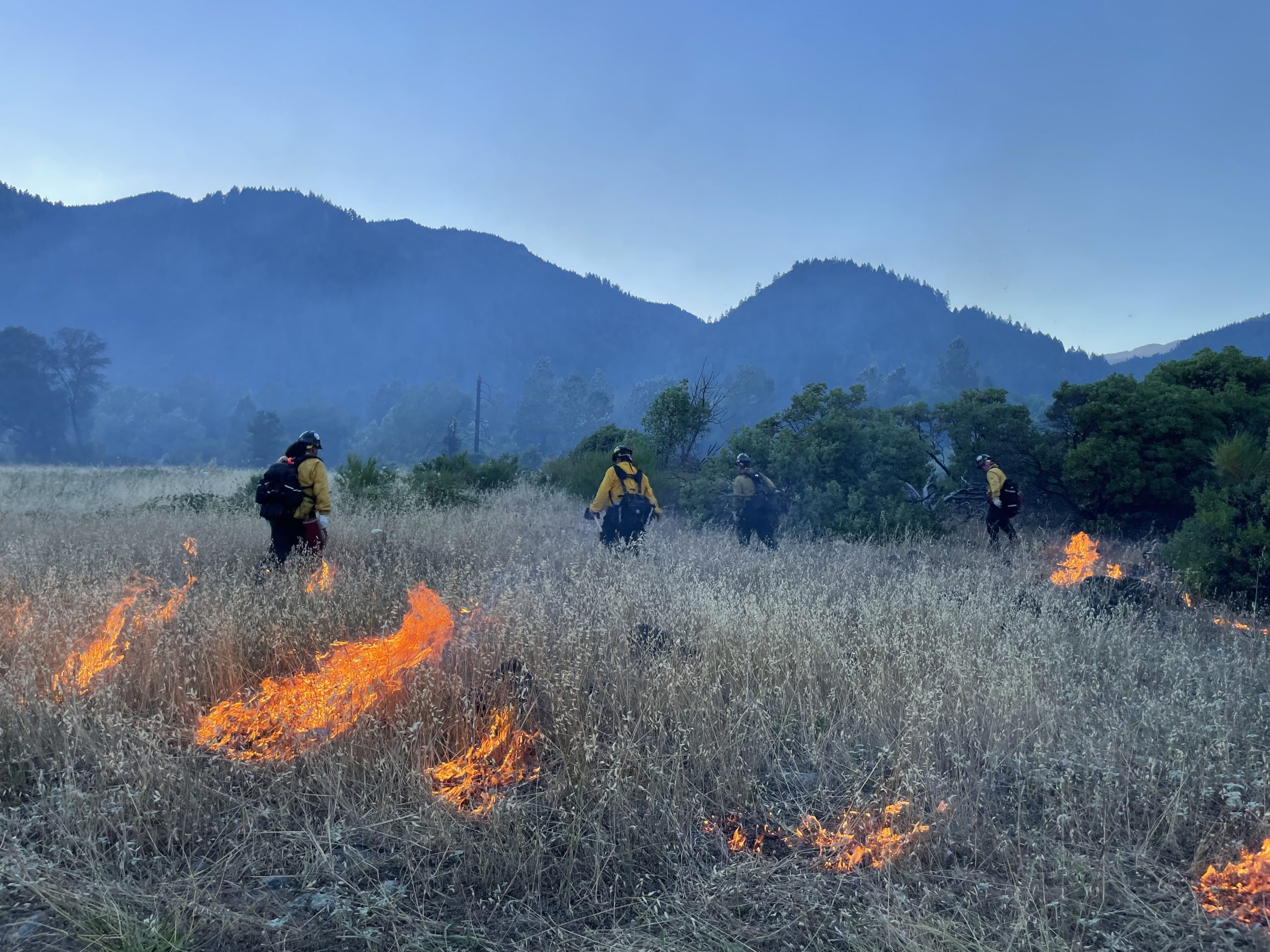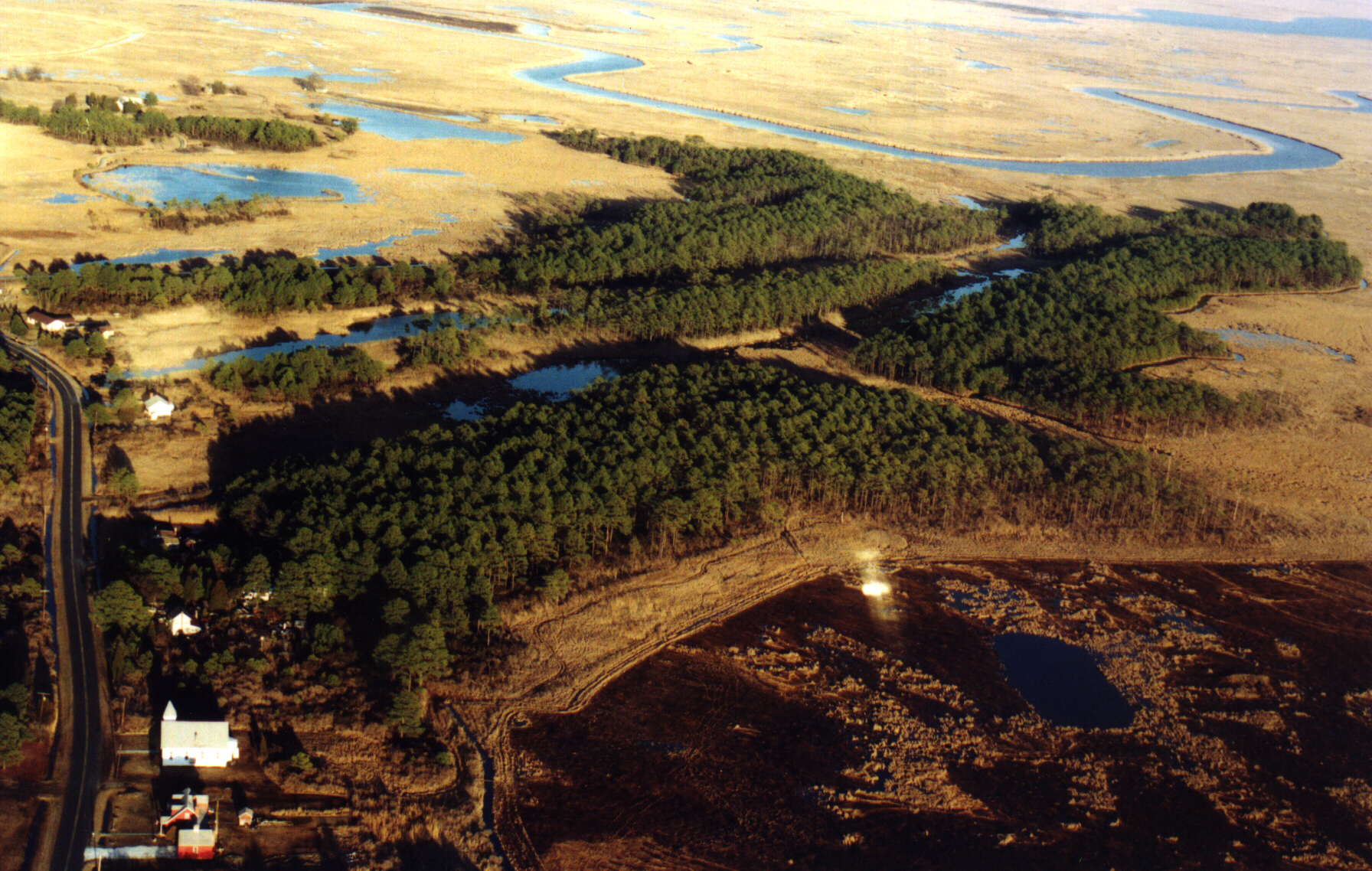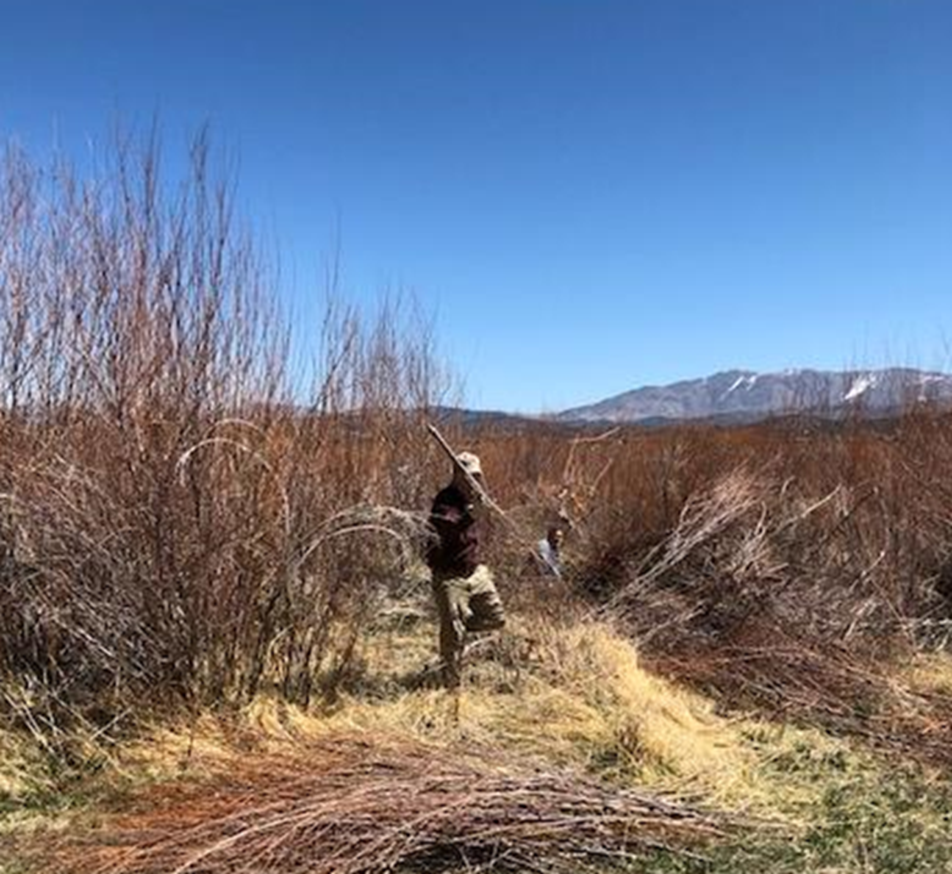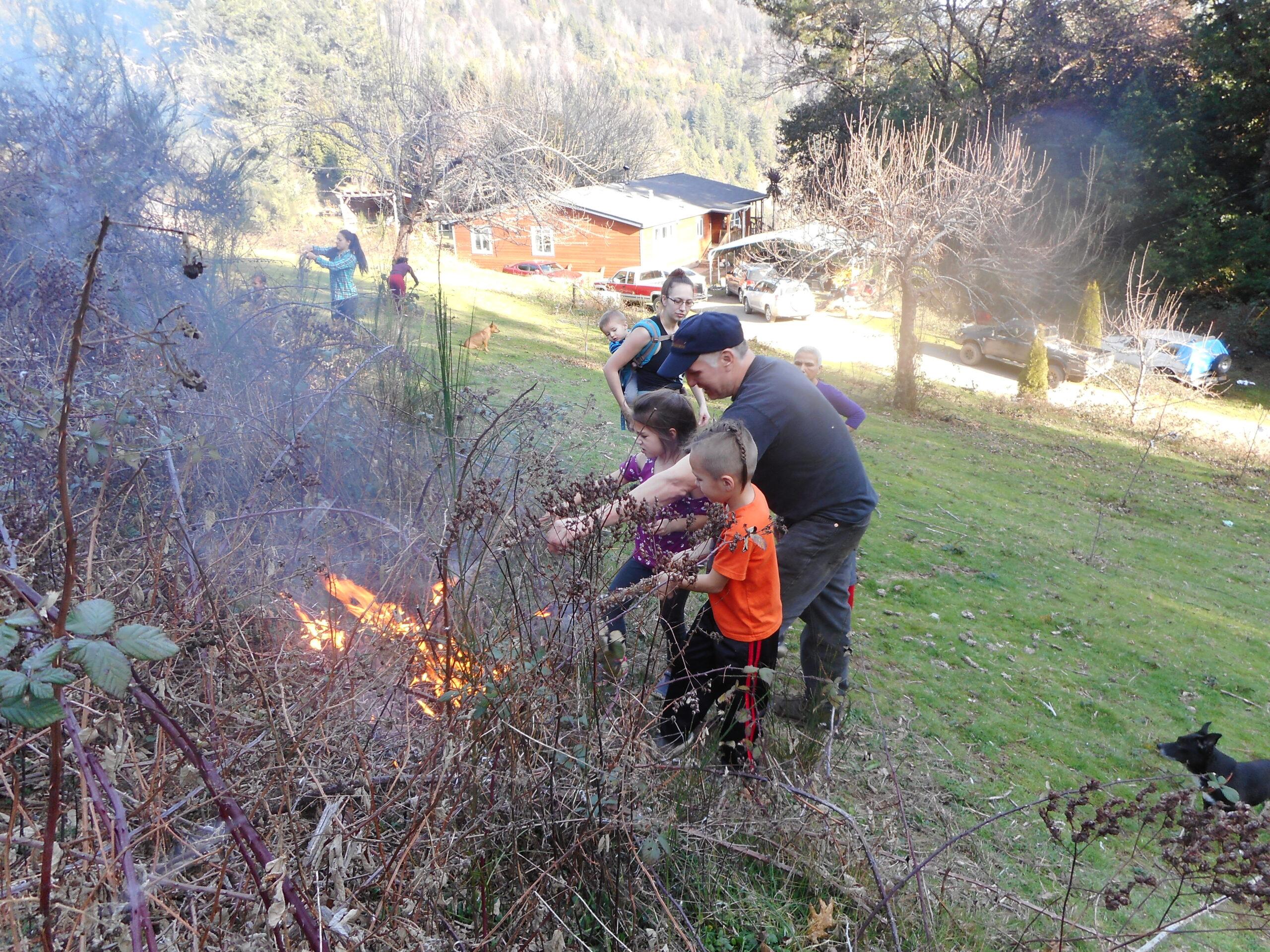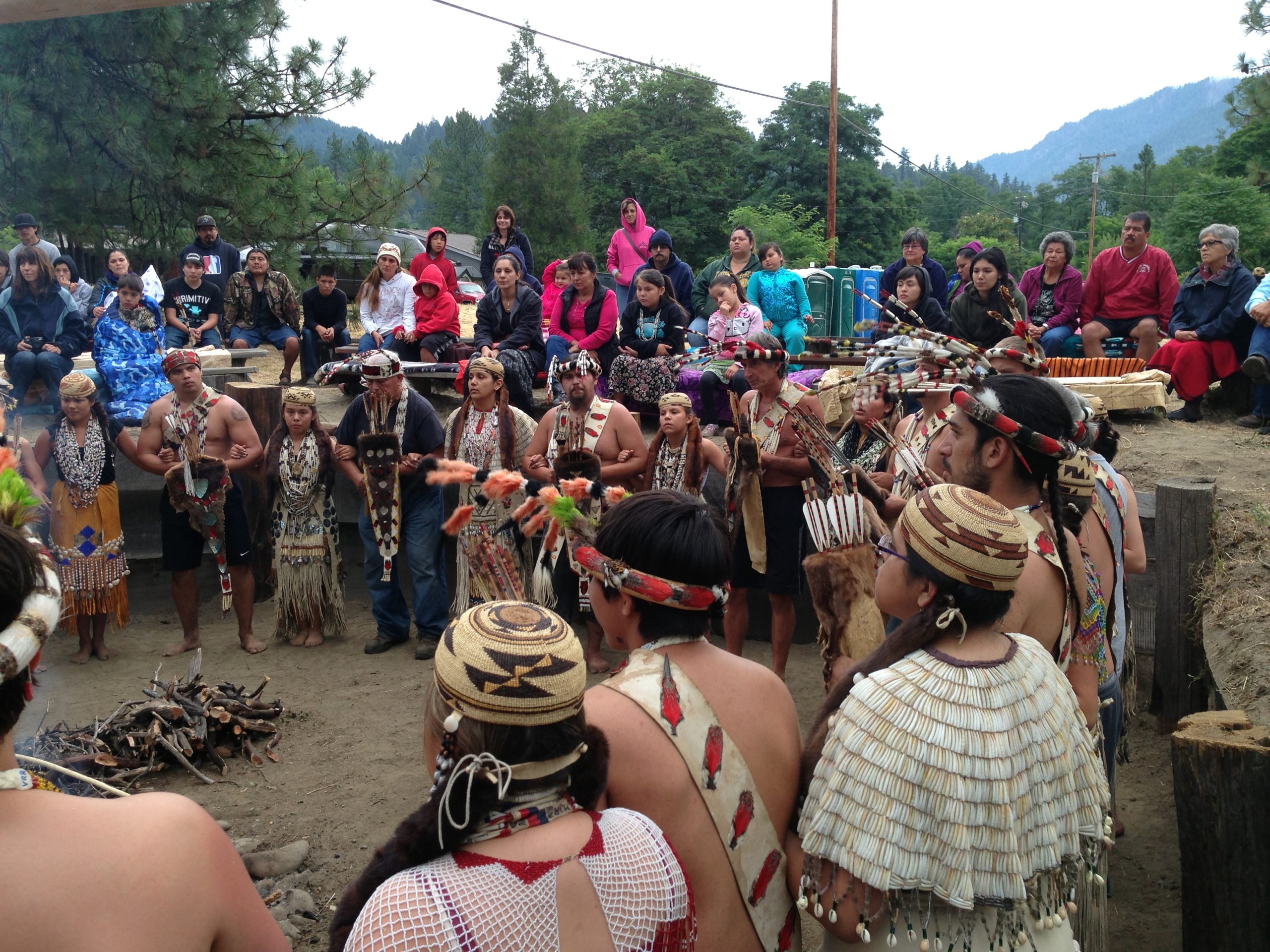
Peublos of Northern New Mexico

New Mexico’s landscape was shaped by fire for millennia—grasslands, piñon-juniper woodlands, ponderosa pine forests, and high desert ecosystems that have co-evolved with humans with frequent, low-intensity burns. But decades of fire suppression and reduction of beneficial fire, drought, and climate change have driven these lands out of balance, leading to dense fuels and an alarming rise in catastrophic wildfires. Tribal communities across New Mexico are working to return cultural fire to the land—not just as a management tool, but as a living practice of care and responsibility. Cultural burning reduces hazardous fuels, restores native fire-adapted plant communities, and supports traditional ways of life tied to these lands.
The New Mexico Tribal Fire and Forestry Working Group (TFFWG) brings together practitioners from the 19 Pueblos and 3 Tribal Nations, to promote beneficial fire including cultural fire and advance Indigenous-led stewardship. This network supports knowledge-sharing, builds fire and forest management capacity, and advocates for Tribal leadership in forest and fire management in NM. By working together, these communities are not only protecting their lands—they are revitalizing cultural burning practices, strengthening sovereignty, and building resilience for future generations.
Credit: Tribal Fire & Forestry Working Group
Credit: Tribal Fire & Forestry Working Group
Credit: Tribal Fire & Forestry Working Group
Credit: Tribal Fire & Forestry Working Group
Credit: Tribal Fire & Forestry Working Group
Credit: Tribal Fire & Forestry Working Group
Credit: Tribal Fire & Forestry Working Group
Credit: Tribal Fire & Forestry Working Group

